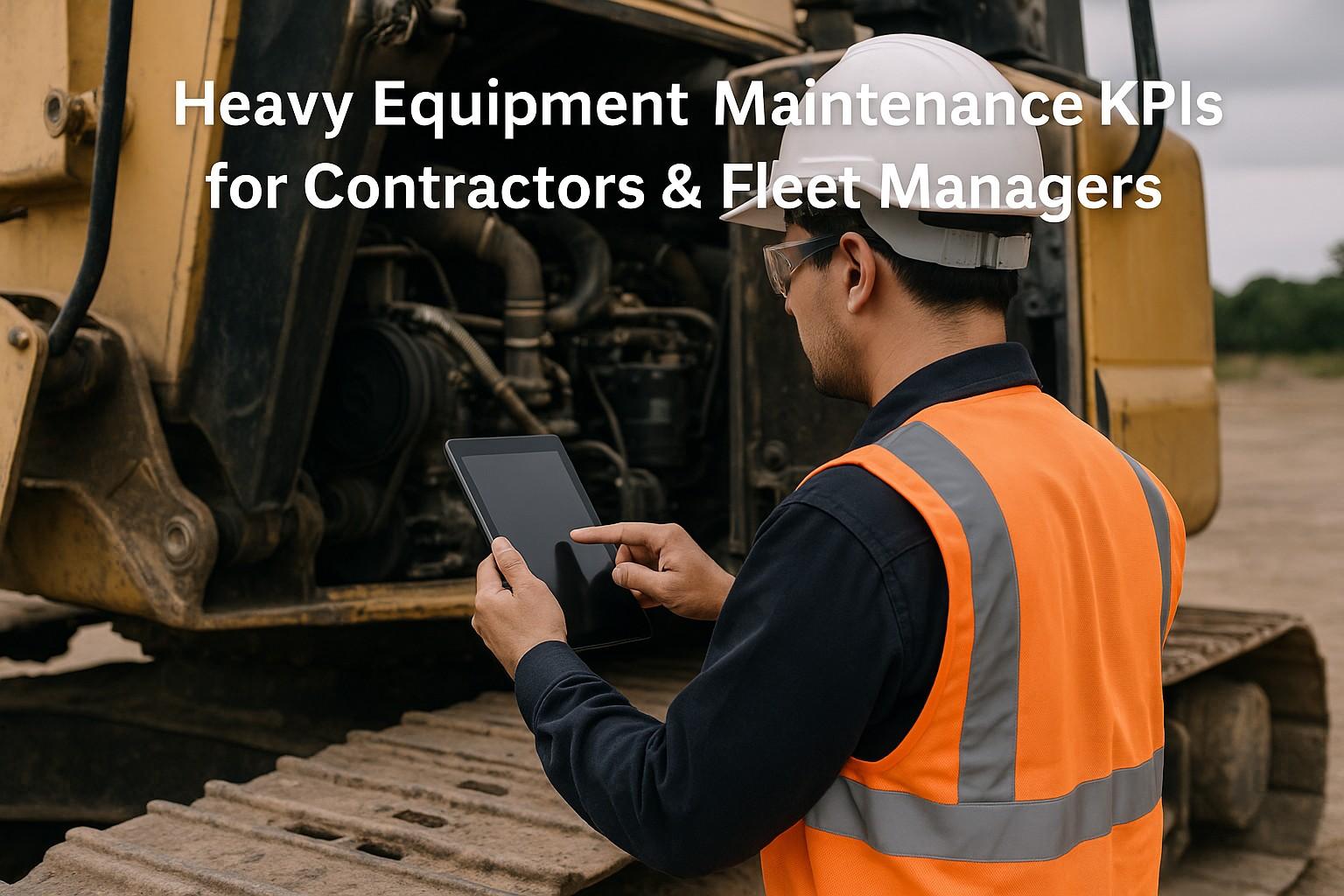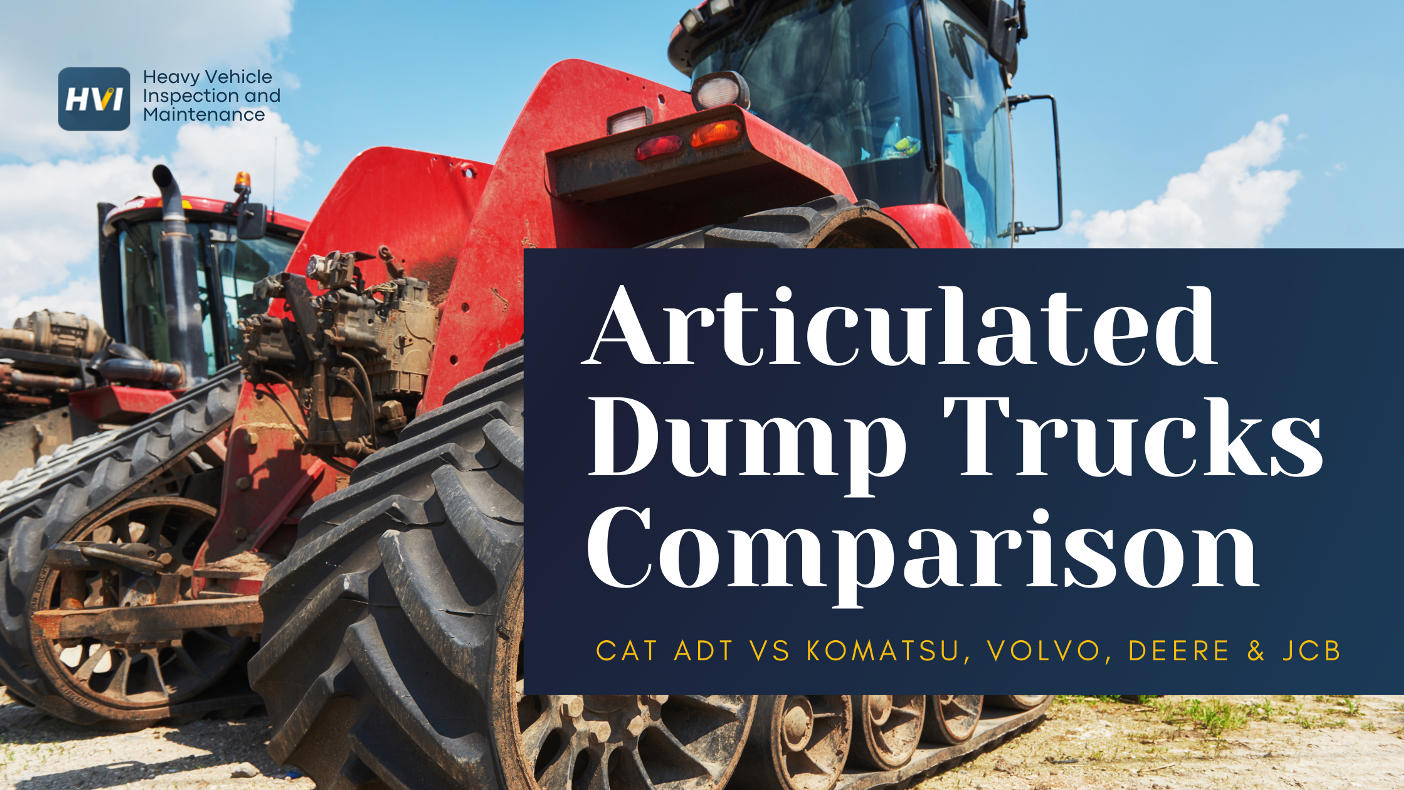Heavy equipment maintenance costs US construction companies an average of $125,000 per machine annually, with generic maintenance approaches leading to 40% higher operational costs and 35% more unplanned downtime. With over 650,000 heavy construction vehicles operating across American infrastructure projects, implementing customized maintenance checklists isn't just about equipment longevity—it's about preserving profit margins that can swing by $45,000-85,000 per machine annually based on maintenance effectiveness.
This comprehensive maintenance checklist framework eliminates 72% of emergency repairs, reduces operational costs by 45%, and generates annual savings of $85,000 per machine through systematic implementation of machine-specific maintenance protocols. More importantly, it transforms reactive maintenance culture into predictive operational excellence that ensures project delivery, OSHA compliance, and maximum equipment value retention.
Annual Fleet Performance Impact
Ready to Transform Your Maintenance Strategy?
Discover proven maintenance checklist protocols that unlock significant cost savings and operational efficiency.
The Ultimate Machine-Specific Maintenance Checklist Framework
Effective maintenance checklist development requires understanding the unique failure modes and operational stresses that affect different machine types. Generic checklists miss 60% of machine-specific maintenance requirements, leading to premature component failures and excessive repair costs. This customized checklist framework addresses the five critical failure categories: hydraulic system deterioration, engine performance decline, drivetrain wear patterns, electrical system anomalies, and structural stress points that vary significantly across excavators, dozers, loaders, and haulers.
Technology Integration for Checklist Optimization
Modern maintenance checklist systems transcend paper forms to incorporate digital platforms, IoT sensors, and machine learning algorithms that customize inspection protocols based on equipment usage patterns, environmental conditions, and historical failure data. Digital checklist platforms achieve 95% completion rates compared to 65% for paper systems while providing real-time data integration and predictive analytics.
Cloud-based checklist management enables real-time collaboration between operators, technicians, and managers while providing instant access to machine histories, manufacturer specifications, and regulatory requirements. This connectivity reduces checklist completion time by 40% while improving inspection quality through guided procedures and automatic validation.
- ✓ Digital Checklist Platforms with machine-specific templates, photo documentation, GPS tracking, and real-time synchronization
- ✓ IoT Sensor Integration providing automated data collection for temperature, pressure, vibration, and fluid conditions
- ✓ Machine Learning Analytics adapting checklist priorities based on usage patterns and failure prediction models
- ✓ Compliance Management ensuring checklists meet OSHA requirements and manufacturer warranty specifications
- ✓ Automated Work Orders generating maintenance tasks based on checklist findings and predetermined thresholds
- ✓ Performance Analytics tracking checklist effectiveness and identifying optimization opportunities
Implementation Strategy for Maximum ROI
Successful checklist implementation requires a systematic approach that addresses machine diversity, operator training, and performance measurement. The recommended timeline spans 4-8 months with priority given to high-value machines and critical operational systems that demonstrate immediate benefits before expanding to complete fleet coverage.
Investment in customized checklist systems provides immediate protection against equipment failures while building long-term competitive advantages through improved reliability and lower total cost of ownership. Payback periods typically range from 8-15 months through reduced downtime, optimized maintenance scheduling, and extended equipment life.
- ✓ Machine inventory analysis and maintenance requirement mapping with $5,000-8,000 assessment investment
- ✓ Checklist development for priority machine types using $10,000-15,000 platform investment
- ✓ Operator training programs and checklist procedure standardization
- ✓ Digital platform deployment with mobile device integration and cloud synchronization
- ✓ Performance baseline establishment and success metrics definition
- ✓ Quality control protocols ensuring checklist accuracy and completion verification
- ✓ IoT sensor integration with $15,000-25,000 per machine investment for automated data collection
- ✓ Predictive analytics deployment with machine learning optimization capabilities
- ✓ Fleet-wide checklist standardization with machine-specific customization protocols
- ✓ Automated maintenance scheduling based on checklist findings and usage patterns
- ✓ Advanced reporting systems for fleet performance monitoring and optimization
- ✓ Compliance automation ensuring regulatory adherence and warranty protection
Machine-Specific Checklist Development Guidelines
Creating effective machine-specific checklists requires deep understanding of equipment design, operational stresses, and failure patterns unique to each machine category. This systematic approach ensures comprehensive coverage while maintaining practical efficiency for daily operations and maintenance planning.
Each machine type presents distinct maintenance challenges that require specialized inspection protocols and monitoring priorities. Understanding these differences enables development of targeted checklists that maximize detection efficiency while minimizing inspection time and complexity.
- ✓ Hydraulic system priority with boom/stick/bucket cylinder inspection and fluid contamination monitoring
- ✓ Undercarriage assessment including track tension, sprocket wear, and roller condition evaluation
- ✓ Swing motor diagnostics with rotation smoothness and bearing condition verification
- ✓ Engine performance monitoring with temperature, pressure, and emission system checks
- ✓ Structural integrity inspection focusing on boom, stick, and chassis weld point assessment
- ✓ Attachment verification ensuring proper pin condition and hydraulic connection security
- ✓ Track system evaluation with chain tension, pad wear, and drive sprocket assessment
- ✓ Transmission monitoring including powershift operation and final drive performance
- ✓ Blade hydraulics verification with lift, tilt, and angling system functionality testing
- ✓ Cooling system inspection prioritizing radiator condition and coolant circulation
- ✓ Steering control assessment including joystick response and tracking accuracy
- ✓ Ripper system evaluation with shank condition and hydraulic operation verification
Digital Platform Selection and Integration
Selecting the optimal digital checklist platform requires evaluation of customization capabilities, integration options, and scalability features that support long-term fleet growth and operational evolution. The right platform provides immediate operational benefits while adapting to changing maintenance requirements and technology advancement.
Platform integration success depends on compatibility with existing fleet management systems, maintenance software, and operational workflows. Seamless integration eliminates duplicate data entry while providing comprehensive visibility into equipment health and maintenance performance across all operational systems.
- ✓ Machine-specific template creation with unlimited customization and branching logic capabilities
- ✓ Offline functionality ensuring checklist completion in remote locations without connectivity
- ✓ Photo and video documentation with automatic equipment identification and GPS tagging
- ✓ Real-time synchronization providing instant data availability across all devices and locations
- ✓ Automated analytics generating insights on completion rates, finding trends, and optimization opportunities
- ✓ Integration APIs supporting connection with CMMS, ERP, and telematics systems
Measuring Success: Essential KPIs for Checklist Excellence
Effective checklist performance requires continuous measurement and optimization based on quantifiable metrics that demonstrate operational improvement and financial returns. These KPIs enable data-driven refinement and justify continued investment in checklist excellence programs.
Success measurement extends beyond simple completion rates to encompass quality indicators, failure prevention effectiveness, and operational impact metrics that reveal the true value of customized maintenance checklist programs.
- ✓ Checklist completion rates targeting 95%+ consistency across all machine types and operators
- ✓ Defect detection accuracy measuring early warning identification and failure prevention success
- ✓ Emergency repair reduction achieving 70-85% decrease through proactive issue identification
- ✓ Maintenance cost optimization tracking $45,000-85,000 annual savings per machine
- ✓ Equipment availability improvement targeting 92%+ uptime through systematic maintenance
- ✓ Compliance adherence ensuring 100% OSHA requirement satisfaction and warranty protection
Regulatory Compliance and Safety Integration
US construction equipment maintenance requires adherence to OSHA safety standards, EPA environmental regulations, and manufacturer warranty requirements that continue evolving with technology advancement and safety improvements. Customized checklists ensure systematic compliance while optimizing operational efficiency and risk management.
Compliance integration protects against regulatory violations while enhancing safety performance through systematic hazard identification and risk mitigation protocols. Automated compliance tracking reduces administrative burden while providing comprehensive audit trails for regulatory inspections and insurance reviews.
Maximizing ROI Through Customized Checklist Excellence
The implementation of machine-specific maintenance checklists represents more than operational improvement—it's a strategic investment in fleet reliability and profitability that positions US contractors for significant competitive advantages in an increasingly demanding market. The financial benefits extend beyond immediate cost savings to encompass improved project delivery capabilities and enhanced equipment value retention.
US contractors who embrace customized checklist protocols achieve measurable improvements in equipment reliability, maintenance efficiency, and operational profitability. Conservative estimates suggest total ROI exceeding 400% within three years of full implementation, with immediate benefits visible within the first quarter following deployment.
The construction industry's digital transformation demands proactive adaptation and investment in proven maintenance strategies. Fleet operators who implement customized checklist systems today will be best positioned to capitalize on emerging opportunities while avoiding the costly consequences of generic maintenance approaches that plague traditional operations.
Transform Your Equipment Maintenance Strategy Today
Start implementing customized maintenance checklists and join the ranks of America's most successful fleet operators.
Book a Demo
.png)



